Carbon Crypto Exchange Review 2025: Toucan vs AirCarbon and Market Outlook
Carbon Crypto Exchange Comparison Tool
Toucan Protocol is a decentralized protocol operating on Polygon/Ethereum, ideal for DeFi developers and crypto-native traders. It mints ERC-1155 TCO₂ tokens.
AirCarbon Exchange (ACX) is a hybrid platform blending traditional trading infrastructure with blockchain, suited for institutional investors and corporate ESG teams. It issues ERC-20 carbon receipt tokens.
| Aspect | Toucan Protocol | AirCarbon Exchange |
|---|---|---|
| Architecture | Fully decentralized; operates on Polygon/Ethereum | Hybrid – traditional matching engine + blockchain settlement |
| Target Users | DeFi developers, crypto-native traders | Institutional investors, corporate ESG teams |
| Token Standard | ERC-1155 TCO₂ tokens | ERC-20 carbon receipt tokens |
| Fee Model | Protocol fee (~0.5%) + gas costs | Low transaction fee (0.2%) + optional settlement fee |
| Regulatory Stance | Self-regulated, audit-by-third-party reports | Licensed in Singapore, complies with AML/KYC rules |
| Key Integrations | DeFi lending, automated offset bots, NFT platforms | Traditional trading APIs, Bloomberg-style data feeds |
- 1 Verify the exchange’s custody model (custodial vs non-custodial)
- 2 Check that the underlying credits are sourced from reputable registries (Verra, Gold Standard)
- 3 Review fee schedules and calculate net cost per tonne
- 4 Confirm the platform’s compliance with your jurisdiction’s AML/KYC rules
- 5 Test a small trade first to gauge transaction speed and UI experience
If you're hunting for a reliable carbon crypto exchange in 2025, you're probably wondering which platform actually delivers on its green promises. The market is still fresh, but a handful of players have already carved out distinct niches. Below you’ll get a straight‑talk look at how these exchanges work, which ones lead the pack, and what to watch before you commit any capital.
What Is a Carbon Crypto Exchange?
Carbon crypto exchange is a digital marketplace that lets users trade tokenized carbon credits, turning a traditional environmental commodity into a blockchain‑based asset. The token represents a verified ton of CO₂‑equivalent (tCO₂e) that has been removed, avoided, or reduced by a certified project. By anchoring each token to a real‑world credit, the exchange promises the transparency of crypto with the legitimacy of established carbon registries.
How Tokenization Bridges Climate and Crypto
The tokenization process has three core steps:
- Verification: A third‑party registry (e.g., Verra, Gold Standard) confirms the physical credit’s validity.
- Minting: A smart contract creates a digital token-often called TCO₂ or a carbon receipt-on a public blockchain.
- Settlement: The token can be transferred, bundled, or used as collateral, while an audit trail guarantees the underlying credit remains in reserve.
This workflow solves two headaches of the legacy market: slow settlement (weeks versus seconds) and opaque ownership chains. The result is a more liquid, globally accessible commodity.
Major Players in 2025
Three platforms dominate the conversation, each taking a different architectural stance.
Toucan Protocol
Founded in Berlin in 2020, Toucan positions itself as a fully decentralized protocol. It introduces the Carbon Bridge, a set of smart contracts that lock verified credits and mint TCO₂ tokens. These tokens live on the Polygon network and are listed on DeFi platforms, letting developers use carbon as collateral or embed automatic offset mechanisms into wallets and dApps.
AirCarbon Exchange (ACX)
ACX, launched in Singapore in 2019, blends traditional commodities trading infrastructure with blockchain. It issues a digital receipt for each tCO₂e credit, stored in a Trust that is audited daily. The platform offers an order‑book style UI familiar to institutional traders, low‑fee settlement, and the ability to securitize bundles of credits for derivative products.
Other Notable Exchanges
- Carbon Trade Exchange (CTX) - focuses on cross‑border corporate offsets with a hybrid on‑chain/off‑chain model.
- Xpansiv - provides data‑rich tokenized commodities, including renewable energy certificates alongside carbon credits.
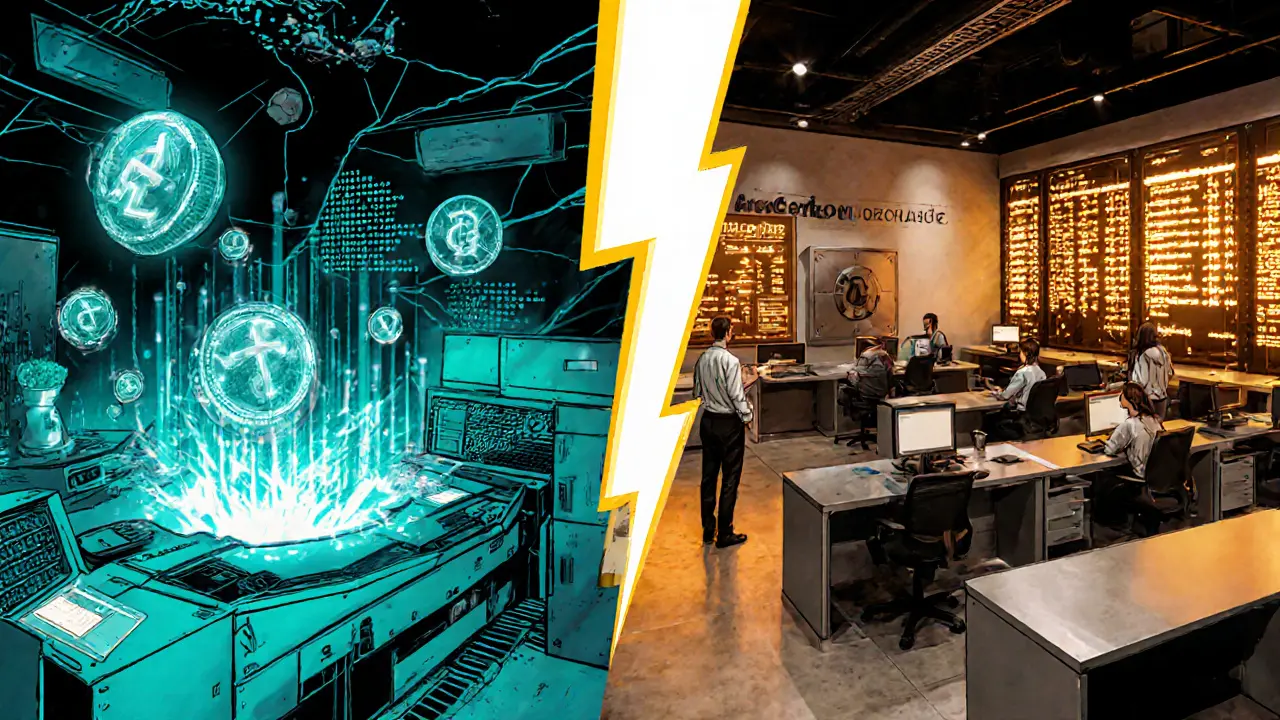
Feature Comparison: Toucan vs AirCarbon
| Aspect | Toucan Protocol | AirCarbon Exchange |
|---|---|---|
| Architecture | Fully decentralized; operates on Polygon/Ethereum | Hybrid - traditional matching engine + blockchain settlement |
| Target Users | DeFi developers, crypto‑native traders | Institutional investors, corporate ESG teams |
| Token Standard | ERC‑1155 TCO₂ tokens | ERC‑20 carbon receipt tokens |
| Fee Model | Protocol fee (~0.5%) + gas costs | Low transaction fee (0.2%) + optional settlement fee |
| Regulatory Stance | Self‑regulated, audit‑by‑third‑party reports | Licensed in Singapore, complies with AML/KYC rules |
| Key Integrations | DeFi lending, automated offset bots, NFT platforms | Traditional trading APIs, Bloomberg‑style data feeds |
Pricing, Fees, and Security Considerations
Fees can make or break a trading strategy, especially when carbon prices hover between $10‑$30 per tonne. Toucan’s gas‑driven costs fluctuate with network congestion, so peak‑hour trades can spike. ACX’s fixed fee schedule is more predictable for large‑volume hedgers.
Security hinges on two pillars: smart‑contract integrity and custody of the underlying credits. Independent audits of Toucan’s contracts have found no critical flaws to date, but the open‑source nature means anyone can inspect the code. ACX, by contrast, relies on a custodial Trust whose daily attestations are publicly posted, but that model introduces a central point of failure if the trustee mismanages reserves.
Real‑World Use Cases in 2025
- Carbon‑backed lending: DeFi protocols on Toucan accept TCO₂ as collateral, letting borrowers unlock crypto liquidity while keeping the offset intact.
- Corporate ESG dashboards: Companies using ACX can pull real‑time price data into their sustainability reporting tools, automating quarterly offset purchases.
- Yield farming with climate impact: Some liquidity pools reward participants with both token yields and a quantified carbon reduction metric.
- Automated transaction offsets: Wallet extensions automatically swap a fraction of every crypto payment for TCO₂, offsetting the network’s own emissions.
Regulatory Landscape and Compliance
Regulators are still mapping carbon‑credit tokens to existing commodity rules. In the EU, the Markets in Crypto‑Assets (MiCA) framework treats tokenized carbon as a “digital asset” but flags it for AML/KYC scrutiny. Singapore’s MAS issued guidelines that favor hybrid platforms like ACX, giving them a clear path to licensing. Meanwhile, Toucan operates in a gray zone, relying on voluntary audits and community governance to satisfy compliance expectations.
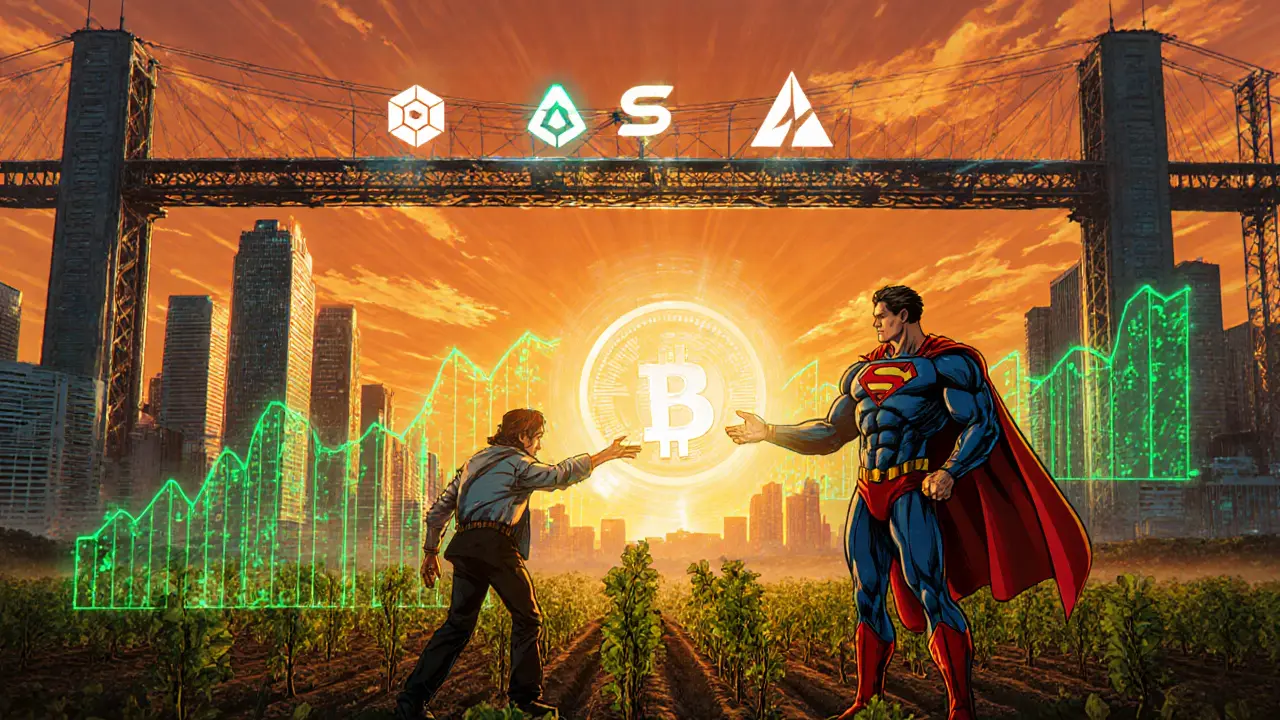
Future Outlook: Where Is the Market Headed?
Three trends will shape the sector through 2026:
- Institutional adoption: More Fortune‑500 firms are allocating budget to tokenized offsets, valuing the speed and auditability of on‑chain credits.
- Cross‑chain interoperability: Bridges to networks like Solana and Avalanche are emerging, expanding liquidity pools and reducing gas fees.
- Standardization of audits: Industry groups are drafting a “Carbon Token Assurance Standard” that could become the benchmark for all exchanges.
If those forces converge, the total addressable market for tokenized carbon could exceed $15billion by 2027, dwarfing today’s $3billion traditional market.
Getting Started: A Quick Checklist
- Verify the exchange’s custody model (custodial vs non‑custodial).
- Check that the underlying credits are sourced from reputable registries (Verra, Gold Standard).
- Review fee schedules and calculate net cost per tonne.
- Confirm the platform’s compliance with your jurisdiction’s AML/KYC rules.
- Test a small trade first to gauge transaction speed and UI experience.
Bottom Line
Both Toucan and AirCarbon bring compelling value, but they serve different audiences. If you’re a developer eager to embed climate impact into DeFi products, Toucan’s open‑source protocol is the playground. If you need a familiar order‑book, low‑fee environment for large corporate purchases, ACX feels more like a traditional exchange with a green twist. Assess your use case, run the checklist, and you’ll be ready to trade carbon the 21st‑century way.
Frequently Asked Questions
What exactly is a tokenized carbon credit?
A tokenized carbon credit is a blockchain‑based representation of a verified tonne of CO₂‑equivalent that has been removed or avoided. Each token is linked to an underlying physical credit through a smart contract, providing immutable proof of ownership and allowing instantaneous transfer.
Are carbon tokens regulated?
Regulation varies by jurisdiction. In the EU they fall under the MiCA framework and must meet AML/KYC standards. Singapore’s MAS has issued specific guidance for hybrid platforms. Most exchanges rely on third‑party audits to prove that every token is backed by a real credit.
How do fees differ between Toucan and AirCarbon?
Toucan charges a protocol fee (about 0.5%) plus blockchain gas costs, which can spike during network congestion. AirCarbon uses a flat 0.2% transaction fee and a small settlement fee, making costs more predictable for high‑volume traders.
Can I use carbon tokens as collateral?
Yes. Several DeFi protocols on Toucan accept TCO₂ tokens as collateral for loans, and a few institutional platforms are piloting carbon‑backed credit lines using ACX receipts.
What audits should I look for?
Look for daily or quarterly third‑party verification that the number of tokens in circulation matches the physical credits held in trust. Both Toucan and ACX publish audit reports on their websites.

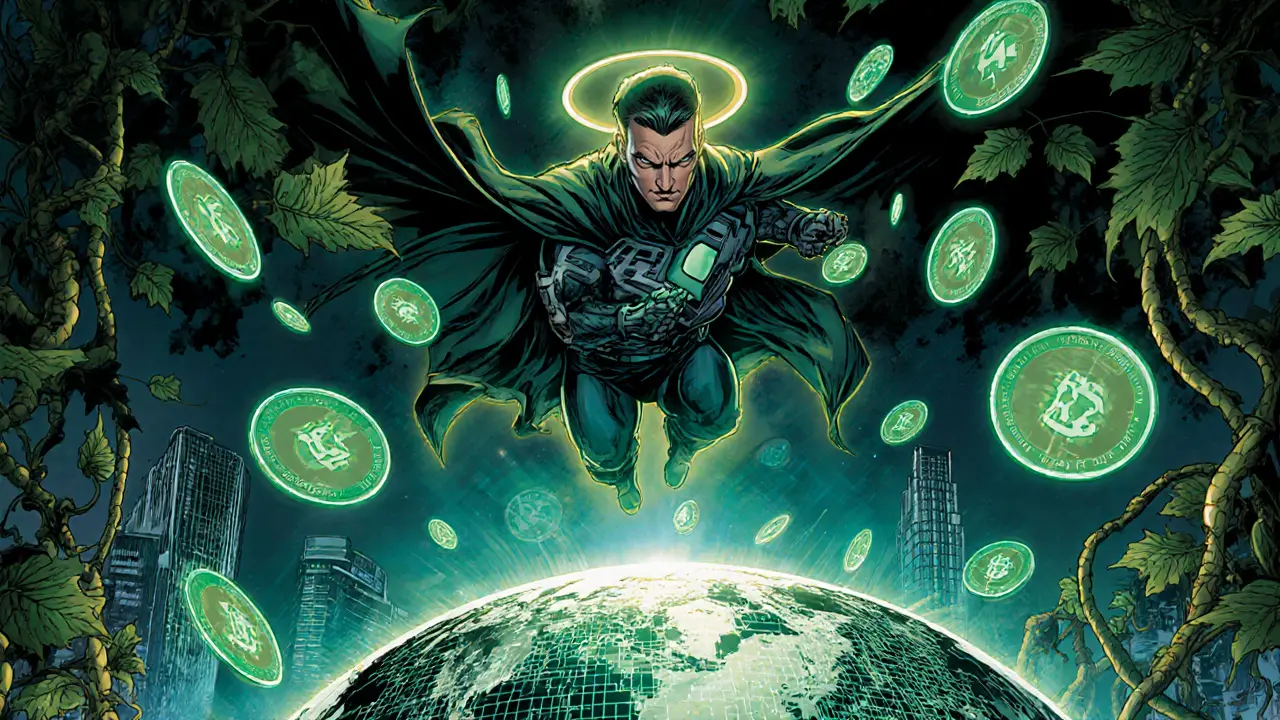
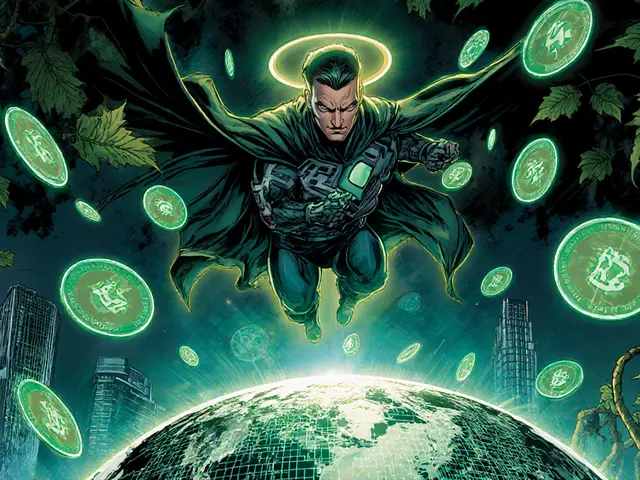
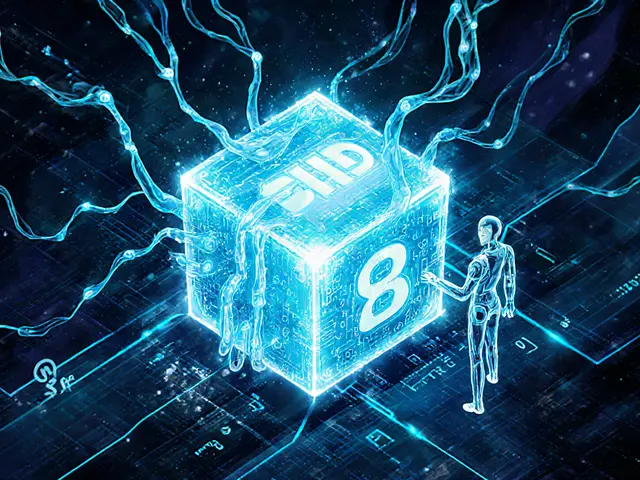
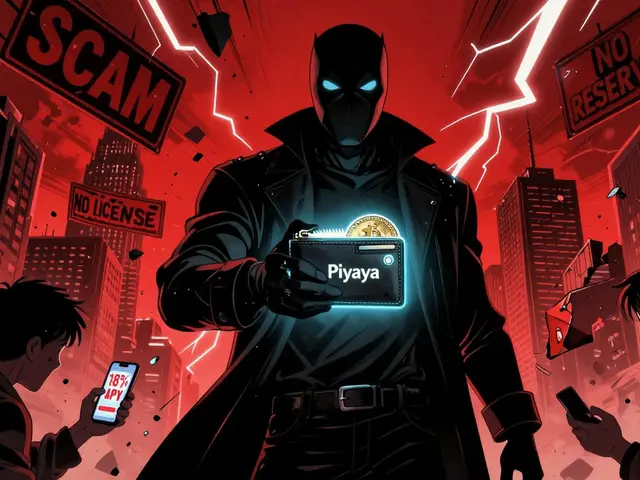
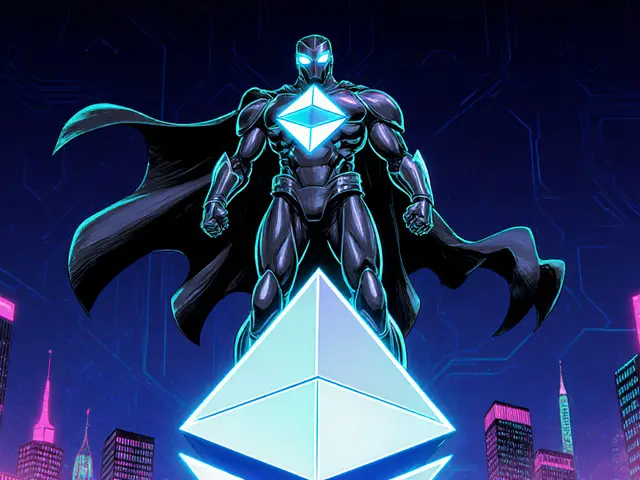
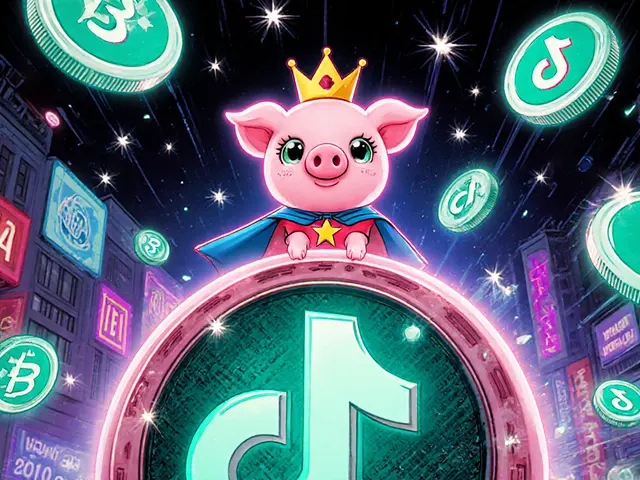

The review does a commendable job of laying out the core differences between Toucan Protocol and AirCarbon Exchange, starting with the architectural choices: a fully decentralized Polygon/Ethereum stack versus a hybrid model that combines a traditional matching engine with blockchain settlement. It then clearly delineates the target audiences, highlighting that Toucan is oriented toward DeFi developers and crypto-native traders, while AirCarbon caters to institutional investors and corporate ESG teams. The token standards are well‑explained, noting Toucan's ERC‑1155 TCO₂ tokens and AirCarbon's ERC‑20 carbon receipt tokens, which has implications for interoperability and liquidity strategies. Fee structures are broken down, with Toucan charging roughly 0.5% plus gas costs and AirCarbon offering a lower 0.2% transaction fee alongside optional settlement fees. The regulatory stance section is particularly useful; Toucan operates under a self‑regulated model with third‑party audits, whereas AirCarbon is licensed in Singapore and adheres to AML/KYC rules. Key integrations are also covered, showing Toucan's links to DeFi lending, automated offset bots, and NFT platforms, contrasted with AirCarbon's traditional trading APIs and Bloomberg‑style data feeds. The inclusion of a fee calculator, albeit a placeholder, signals practical utility for readers wanting to estimate costs.
Beyond the tabular comparison, the review’s quick‑start checklist offers actionable steps: verifying custody models, ensuring credit provenance from registries like Verra or Gold Standard, reviewing fee schedules, confirming compliance, and testing with small trades. These points are essential for newcomers navigating the nascent carbon‑crypto space. Overall, the article balances depth and accessibility, making it a solid resource for both technical and business‑focused audiences interested in carbon offset markets on blockchain.
Building on the structural overview, one can see that the philosophical underpinnings of each platform reflect broader trends in finance: decentralization versus regulated hybridity. The choice of token standard subtly influences the liquidity pathways – ERC‑1155 offers batch transfers, potentially streamlining large‑scale offsetting, whereas ERC‑20 aligns with existing token ecosystems. This distinction also raises questions about future composability with other DeFi primitives. Moreover, the regulatory divergence may affect institutional adoption rates, as compliance frameworks differ across jurisdictions.
I appreciate how the review emphasizes the need to verify credit provenance; many newcomers overlook that step and end up with questionable offsets. It’s also reassuring to see both platforms reference reputable registries like Verra and Gold Standard, which adds a layer of trust. For users who are new to carbon crypto, the checklist feels like a friendly hand‑holding guide.
This whole "decentralized vs hybrid" hype is just a marketing ploy. If you want real impact you need strict oversight, not some "self‑regulated" token. AirCarbon's licensing in Singapore actually means they have to play by real rules, unlike Toucan's vague audit reports.
Calling out the lack of rigorous oversight is justified, yet we must also consider that overly strict regulation can stifle innovation. While AirCarbon's compliance is commendable, the transparency of Toucan’s third‑party audits provides a different but valuable form of accountability.
For anyone venturing into carbon token trading, remember to start small and monitor transaction speeds. Both platforms have different user experiences, so a quick test can reveal UI quirks before committing large volumes.
Exactly! I once tried a 10‑ton trade on Toucan and was surprised by the gas fees popping up during peak network times. It felt dramatic when the cost ballooned, but the offset was still recorded correctly. That’s why testing with a modest amount is a wise move.
Honestly, I think the whole carbon‑crypto craze is overhyped. Traditional markets already have mechanisms for offsets, and adding blockchain just adds a layer of complexity without clear benefit.
Not really. The added transparency can actually help track real‑world impact, especially when you can see on‑chain proof of retirement. Plus, the simple UI on AirCarbon makes it easy for folks who aren’t crypto‑savvy.
Great summary! I’d add that the fee differences, while seemingly minor, can compound significantly over high‑volume trades. Users should crunch the numbers using the calculator before deciding.
Indeed, a 0.3% fee differential on a million‑ton transaction translates to thousands of dollars. The review’s fee calculator, once functional, will be essential for precise cost modeling.
Do you realize that many of these platforms could be used for money‑laundering under the guise of environmental goodwill? The crypto layer hides the true source of funds, and regulators aren’t keeping up.
Spot on.
The risk vector you mention aligns with the AML/KYC compliance metrics of AirCarbon; however, the tokenization layer introduces additional transaction metadata that can be leveraged for forensic analysis, assuming proper data pipelines are integrated.